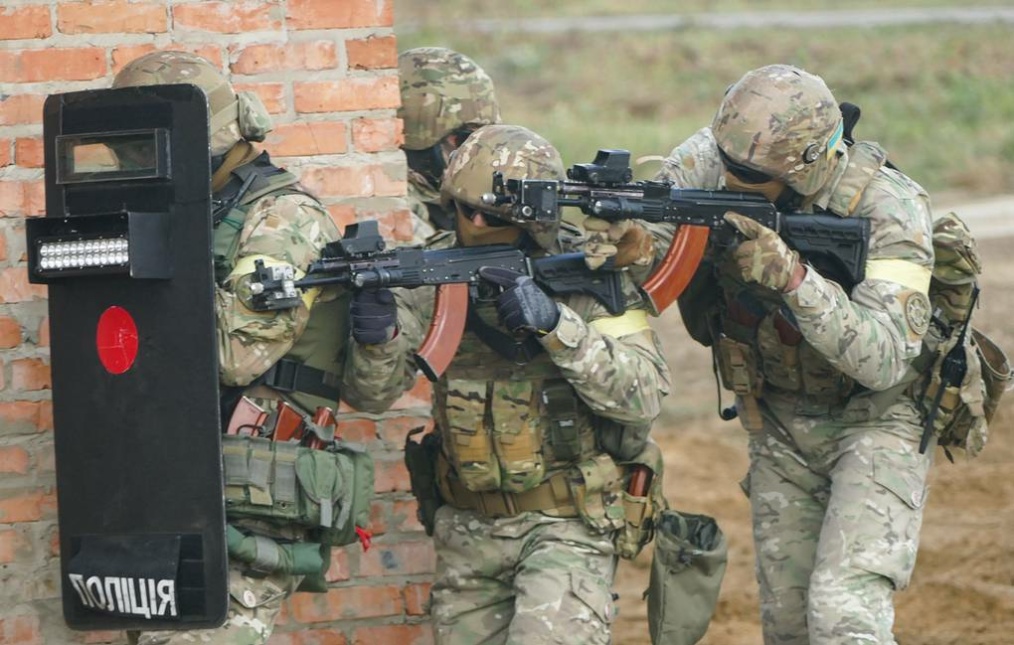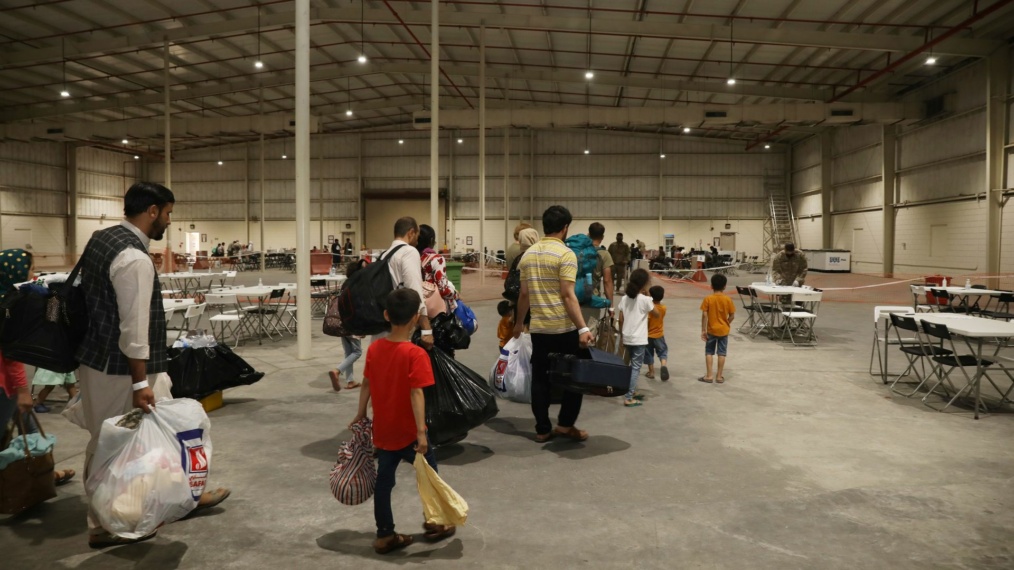Attacks spread panic and chaos among civilians and law enforcement agencies. Following the 2016 attack at the Holey Artisan Café, security forces in Bangladesh established various counterterrorism and peacekeeping measures. Although there was a decline in terrorist attacks, the current trends and analysis of interactions with ISIL indicate that the Neo Jama’ Atul Mujahideen Bangladesh (Neo JMB) can launch an unprecedented terrorist attack.
Terrorist groups such as Neo JMB are leveraging social media platforms including Facebook, Twitter, and YouTube to spread misinformation and recruit members through radicalization and spreading fear. JMB seeks to replace Bangladesh’s system of governance with Sharia law and the Islamic model. There is a significant increase in domestic extremism and radicalization in Bangladesh through modern advanced technologies and social networks that could result in attacks in the future.
Funding and support from various individuals and organizations have ensured that terrorist organizations thrive despite efforts to eradicate the groups. Terror attacks negatively impact the lives of civilians and peacekeepers in the country. This analysis focuses on terrorism, extremism, and counterterrorism measures. In addition, it focuses on bringing peace among different groups of people with respect to gender, race, and religion.
Threat Analysis on Bangladesh
The Neo JMB claimed responsibility for the Holey Artisan Café terrorist attack in July 2016 in Dhaka. In addition, the group has natured a network of female jihadists. Several members of the military wing of the Neo JMB group were arrested in 2021 by various anti-terror organizations in Bangladesh. Following the attack in 2016, Security Forces (SF) have combated over 47 terrorists, including prominent group leaders.
Many youths in Bangladesh continue to resonate with the Islamist ideologies that claim to continue the fight to establish Caliphate. Videos released by ISIL in August 2019 urged support from Bangladesh to carry on the war by targeting the enemies around them, including political leaders, non-Muslim communities, and law enforcement agencies. Numerous arrests were made in Dhaka for Neo JMB members who had explosive devices and other weapons for conducting terrorism.
Following the recapture of Afghanistan by the Taliban may encourage Neo JMB in Bangladesh, resulting in a surge of militancy attacks on civilians and peacekeeping forces. The return of Jihadists from Afghan and Syria is equally a critical challenge to the authorities. In addition, the radicalization of youths in Bangladesh could result in unprecedented extremism and a resurgence of violence.
During crackdown and operations in 2021, Bangladesh security forces were experiencing heavy exchanges and discovering advanced ammunitions in possession of members of the Neo JMB group. They have arrested some members of the terror group who are experts in bomb manufacturing and possess explosive materials, remote controls, and manuals to produce weapons that could be used for mass destruction. Therefore, there is a high possibility that the group could be preparing to launch an attack in the future.
Despite ongoing joint counterterrorism efforts, the residue members of the terrorist organizations and continued radicalization cannot be ignored. According to intelligence sources, the parent JMB group was founded in 1998 and conducted synchronized blasts in August 2005, which injured over 100 people and claimed the lives of three. Although the organization went quiet later, the members of the initial organization are now operatives and a crucial part of military planning and radicalization for Neo JMB. For instance, Mohamed Enayet, arrested in 2006 with explosives, spread radicalization inside the Kashimpur jail.
Although security forces are trying their best to break structures and terror organizations, the group is advancing its recruitment methodologies through radicalization and extremism, internal communications, and preparing for attacks. In addition, Neo JMB is recruiting highly trained youths who combine the knowledge from different educational disciplines with advanced technology to overwhelm security forces and evade counterterrorism measures.
Recommendations
Multiple factors result in the violent extremism and radicalization of Neo JMB recruits. These include economic, political, religious, and social reasonings. Bangladesh can employ several strategies to minimize violent extremism by incorporating economic development, tolerance, and peacebuilding strategies.
Effective economic development models can address challenges that youths face. There is a need to reduce economic issues, including corruption, unemployment, and poverty. Early intervention safeguards young people from recruitment into terrorist groups. Additionally, the government has a role in countering individuals and organizations that finance terrorist groups through the Financial Intelligence Unit.
Also, the government must provide equal rights to minimize conflicts among social and religious groups. The government should use an inclusive economic development model that promotes development, tolerance, and diversity. The Bangladesh government must focus on better methods for gathering intelligence and changes in criminal justice systems.
Crackdowns on group members can disrupt the recruitment process, the radicalization of youths, and attacks from the Neo JMB. The government must pass legislation that secures the borders of Bangladesh. It is significant to ensure that returning fighters from Afghanistan, Syria, and other nations affected by violent extremism do not become agents of terror groups by providing technical and strategical aid to other terrorist organizations.
Aru Rongchitim Tisso, Counter-Terrorism Research Fellow



